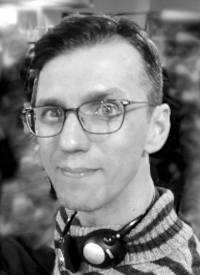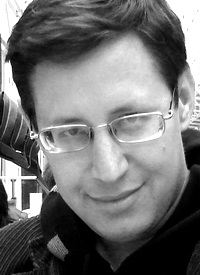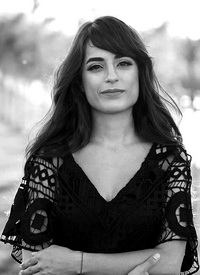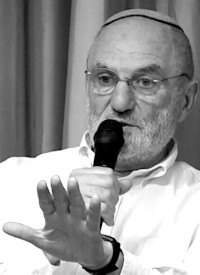
When I listen to the conversations about “United Ukraine”, I get a feeling that translators of this message do not really understand what they are talking about. What does the annoying Ukrainian flag in every corner of the TV-screen mean? What do we have to understand in the outline of the map of Ukraine, which has been known to us for the last 23 years?
In the key book of his life Simulacra and Simulation Jean Baudrillard states that in the postmodern world models of reality become even more real than the reality itself and create new hyperreality. “It is nevertheless the map that precedes the territory – precession of simulacra – that engenders the territory, and if one must return to the fable, today it is the territory whose shreds slowly rot across the extent of the map.” To talk about the dominant public mood in Ukraine, is thus to talk about hyperreality.
One can see the political map of Ukraine in every school geography or history classroom. It is used as decoration in offices of bureaucrats, businessmen, officers and common patriotically oriented people. “It is cloudy in Luhansk, it is raining in Lviv, in Crimea it is sunny, 22 above zero” – says the weatherman against the background of the state map and the advertisement for a new fever medicine.
Longer to the West, thinner to the East, with a wave to the North and two outgrowths to the South – this outline is known from childhood. For a moment, just think how often it pops up in front of you every day: in the evening newscast, in the office of the CSP, on the logos of political organisations – including the Party of Regions. An outline of the state’s borders, decorated by pearls, advertises a net of jewelry stores; a smiley face jumps across all of the regions of Ukraine, from Lviv to Crimea, suggesting that we buy electronics in their online-shop Rozetka.[1] The map is everywhere!
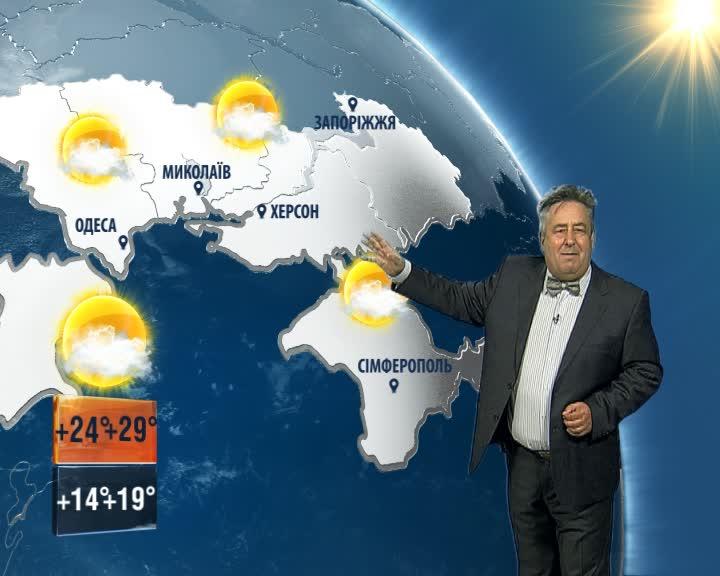
When we mention word “Ukraine”, our imaginations first of all brings up this image – one-color model of a territory, later it brings up all the other mythology, instilled by propaganda and dominant ideology. Watching the already-mentioned weather forecast, we do not even think about atmospheric effects, for example, in Tiraspol, which is situated right in between Odessa, Chernivtsi and Vinnitsa, it is not “ours”. But Crimea is “ours” and Donbass as well.
It is for this reason that Benedict Anderson states that a map is one of the key factors in the construction of national identity, of these ‘imagined communities.’ Looking every day at an outline of the state’s borders helps the visual to become symbolic, to become real material power, which in turn enables the accomplishment of real wonders. Killing, for example.
I claim that the war going on at this minute in the East is, in the mass imagination, a war for the map.
Looking at the monochrome country through a bird`s eye panorama or even the satellite`s panorama, people tend to forget about the other ways of seeing it – they forget about the yellow-green physical map, where borders, artificially drawn by politicians, do not exist. Onto this political image it is even difficult for us to impose an economic, or demographic map. For example, it is difficult to see the sparsely populated Polesia, the completely rural Bukovina, or the fact that the majority of the urban population lives in 17 agglomerations, which are mostly situated on Donbass or Krivbass. You cannot find this information in the dominant hyperreality of the political map, because its mission is something else. It is ideological. And therefore, as was noted by Friedrich Engels, it serves for producing false consciousness.
A ‘horizontal’ perspective on this map, that is, an understanding of how people actually live in the Donbass, is an inaccessible luxury. The ‘Far East’ of Ukraine for the absolute majority of the population remains some kind of terra incognita. What do those of the Kiev middle classes, accustomed to take weekend trips ‘for coffee’ and to ‘take in the architecture’ in tourist-friendly Lviv, know of the region? Practically nothing! Mostly his knowledge and understanding is limited to what is taught in the school textbooks, in the stories of acquaintances, in television reports and, in a best case scenario, to a few sporadic visits, from which all he can recall is the ‘industrial trash.’ What then can be said about the residents of the hinterlands, who are now being mobilized into the ranks of the armed forces?
Encircled by the thick line of the state border from the East, the thinner dotted line of the administrative border from the West and a short strip of Azov coast from the South, these two Regions were strongly associated with a number of other characteristics: coal mines, factories, criminality, the Russian language, “donetskye”[2], the football club “Shakhtar”. For most Ukrainians, this stable set of associations were part of the same package, which carried neutral-to-negative overtones; the representations of this something else, this not always understandable and even strange other. Step by step this set of associations was generalized in the concrete chauvinistic notion – “vata.”[3]
Being politically apathetic, nostalgic for Soviet times and offering a passive electoral support for the “donetskye”, even before the current conflict, the population of Donbass was becoming at least suspicious in the eyes of the inhabitants of the rest of Ukraine. And the group that was most significant in cultivating such an attitude were Ukrainian nationalists, who did not even attempt to hide their own arrogance. “Crackdown”, “deprivation of voting rights”, “deportation”, “enforced ukrainization” – for years I have heard such statements from nationalists.
Paradoxically, at the same time these radical – and not so radical – right wing groups consider Donbass a truly Ukrainian land. And sometimes even think about drawing the borders of ‘Greater Ukraine’ to Belgorod, Voronezh, Krasnodar and just short of the Caspian coast – such was the map of the ethnically Ukrainian lands created by the German army in 1918.
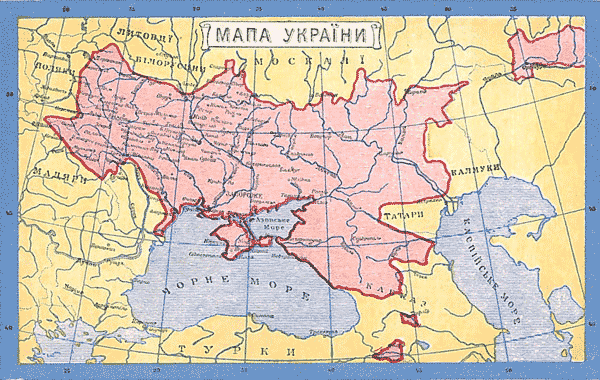
The map, as a symbol of national greatness, for the majority, has become more real than people that live in the territory. More real than cultural, economic and class relations. For “nationally conscious” citizens, the paper monochrome topographic model is a much stronger argument in making judgments than speaking with real people.
Within such a perception, the population living in the ATO zone[4] becomes an obstacle on the way to that “Greater Ukraine”. And when nowadays in the name of “United country” army launches artillery fire into the residential quarters of Lugansk, I am not surprised as the cannonade merges with the sounds of the patriotic public’s applause. I do not become angry listening to the whole stream of chauvinist hate and the appeals to clean the region not only of the militants, but also of the “unreliable” population.
The armed insurrection in the Donbass is a logical consequence of the violent change of the central state power and the breaking of the shaky national consensus inherited from the days of the Ukrainian Soviet Socialist Republic. After the radical change of the social contract in Kyiv, the East of the country decided to fight for the rights by doing the same. So what the main difference between these two events? Above all things the power that was seized in Kyiv expands over all the territory of the state. Whereas, in response Donbass, has encroached upon the “sacred”—on the map.
And now pointing to that very well-known map, the ruling class is calling people to war. The engine of propaganda everyday reports on the “United Country”, where the hyperreality of the map is elevated higher than the concrete inhabitants of the Donbass, who in turn are demoted from the status of citizens to insects – “Colorado beetles”.[5] Where words about the unity of the nation relate firstly to the unity of classes – of the bank owner and the village teenager mobilized to fight the war.
The ones, for whom the war really makes sense, are state elite. They really have something for which to fight. Indeed, for Poroshenko, Kolomoysky, Tatura and Akhmetov, the Donbass is not just an imaginary abstract territory, not a map, but a site of quite concrete assets – enterprises, resources, land, labor, power, market, contracts, administration to be taken under control. In other words, political power and property. Capitalists do not throw money in the air, and that is why the generous contributions to the patriotic propaganda on the TV screens and to the military actions are nothing other than investments. They are investments in a class peace, which will provide them the opportunity to go on lining their pockets, leaving to the rest the satisfaction drawn from contemplating the restored map hung on the walls of their unheated apartments.
These investments are really paying dividends. Today, for a large part of Ukrainians, the map and all other elements of national pride have come to carry a particular metaphysical property – one so important that for it they are willing to go to war. The last mediocrity flaunts its love for this complex figure, towering over those in whom this ‘property’ does not exist, over the ‘vata.’ Although neither the first, nor the second really have this property, nor will either lose it very soon. Jean Paul Sartre named such a phenomenon “snobbism for the poor”, and he was right.
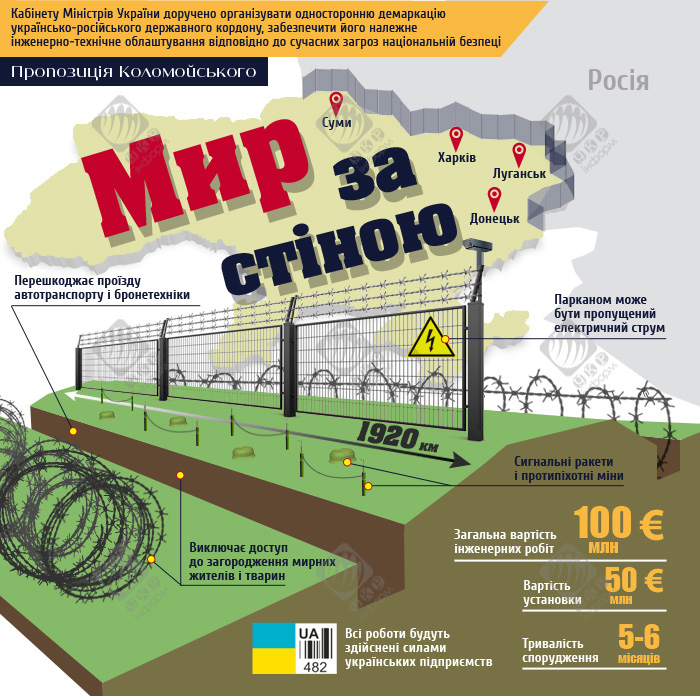
Actually, this excursion into the cognitive geography of the Ukrainian state is just a small example. How many wars for the “reality” of the maps were started since the emergence of the nation state? We cannot count them. Exactly a century ago the biggest European states mobilized millions of condemned men during the First World War in a struggle for the political map. Nowadays for the abstract idea of “historical” Eretz Yisrael bombs are falling on the residential quarters of Gaza. Five states of Central Asia are involved in bloody fights for territory. More to the east, China, Vietnam and the Philippines are ready to draw their population into a conflict because of a tiny desolate archipelago in the South China Sea.
Finally, ideas of Russian irredentism have, with unprecedented ease, drawn all classes into one united national spasm around the ruling elite of the Russian Federation. And when a Transbaikalian worker, living in open market shit, proudly claims “Crimea is ours!” it is as grotesque as the blue-yellow flags hanging from the balconies of “khrushchyovka”[6] in the Vinnytsya region in the West of Ukraine.
Living in a world of the flat configuration of borders is much easier than trying to grasp all the multidimensionality of existing relations of class society. The political map does not show corruption schemes, diagrams of wealth, transactions to the offshore zones, structures of the world economy, hidden political agreements or maps of domination and alienation.
What cannot find on the maps the principal line of conflict, which does not coincide with the thinner, dotted lines of the state borders, but is situated in a completely different system of coordinates. It is the struggle for a new quality of social relations. But to actualize this conflict we have to turn our glaze away from the map and, as that classic of punk rock once suggested, ‘kill the state inside of us.’[7]
Borders are not primordial. There was a time when they did not exist, and I hope, there will be a time, when they are left to the pages of the textbooks and the future generations will consider us barbarians, capable of releasing a mass of red blood cells for these artificial limiting lines.
[1] These are examples of popular advertisements of Ukrainian companies.
[2] Slang for criminal capitalist and politicians coming from Donbass, specially those close to the Party of Regions.
[3] The word actually means “wadding”, the notion derives from winter clothes of Red Army soldiers in the Second World War, which were filled with wadding.
[4] ATO is the commonly used abbreviation of Anti-Terrorist Operation waged by today’s Ukrainian government.
[5] The Colorado Beetle, a potato pest supposedly introduced to the Soviet bloc by the U.S., has the same orange and black stripes as St. George’s cross, which has become a symbol of Russian nationalism.
[6] Modernist residential buildings created in time of Nikita Khrushchev, which haven’t aged gracefully and enjoy a poor reputation.
[7] This is an allusion to the lyrics of the “Grazhdanskaya oborona” band: “Kill the inside yourself!”
Andriy Movchan
Translated by Aliona Lyasheva
-
Історія
Африка и немцы - история колонизации Намибии
Илья Деревянко история колонизации Намибии>> -
Економіка
Уолл-стрит рассчитывает на прибыли от войны
Илай Клифтон Спрос растет>> -
Антифашизм
Комплекс Бандеры. Фашисты: история, функции, сети
Junge Welt Против ревизионизма>> -
Історія
«Красная скала». Камни истории и флаги войны
Андрій Манчук Создатели конфликта>>


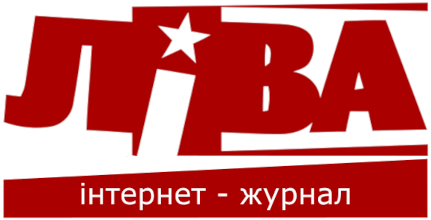










 RSS
RSS
